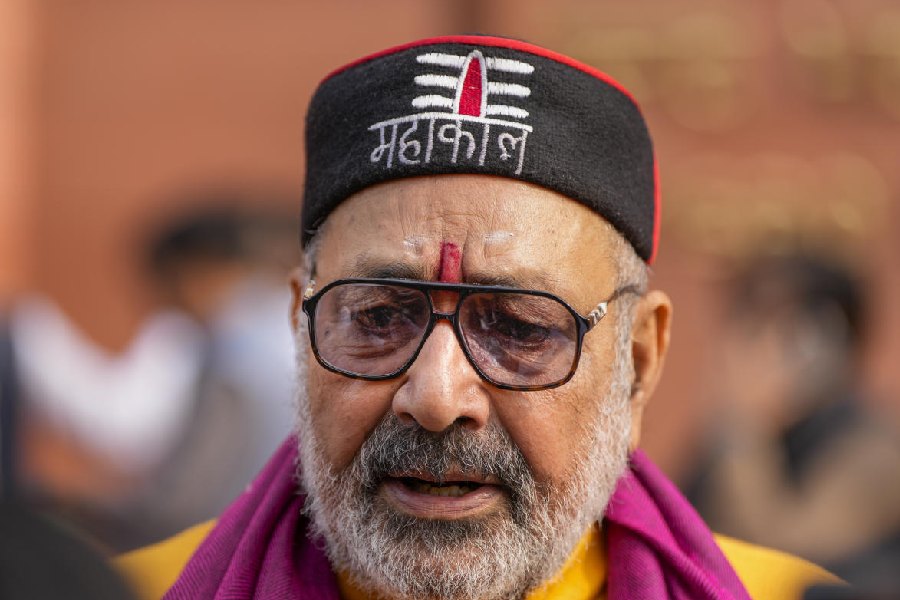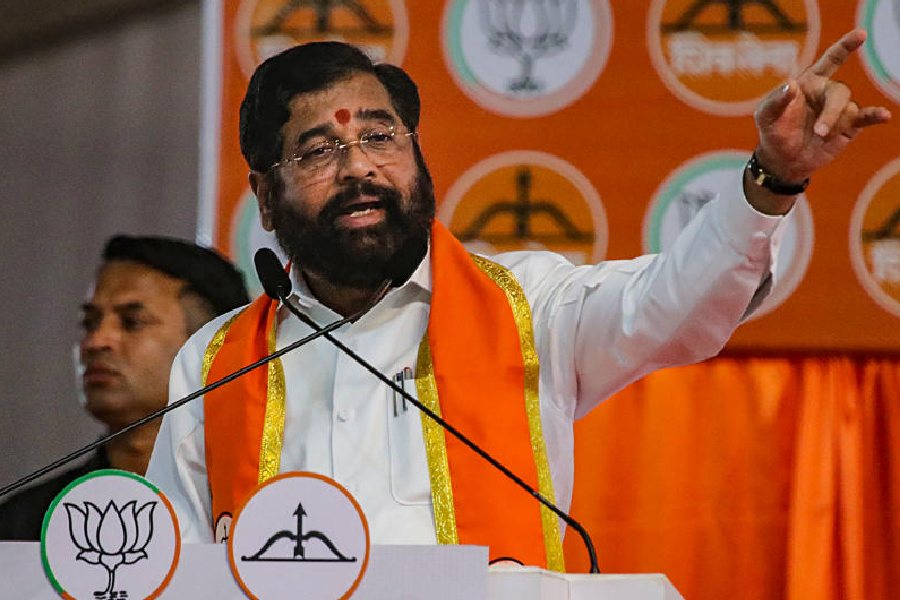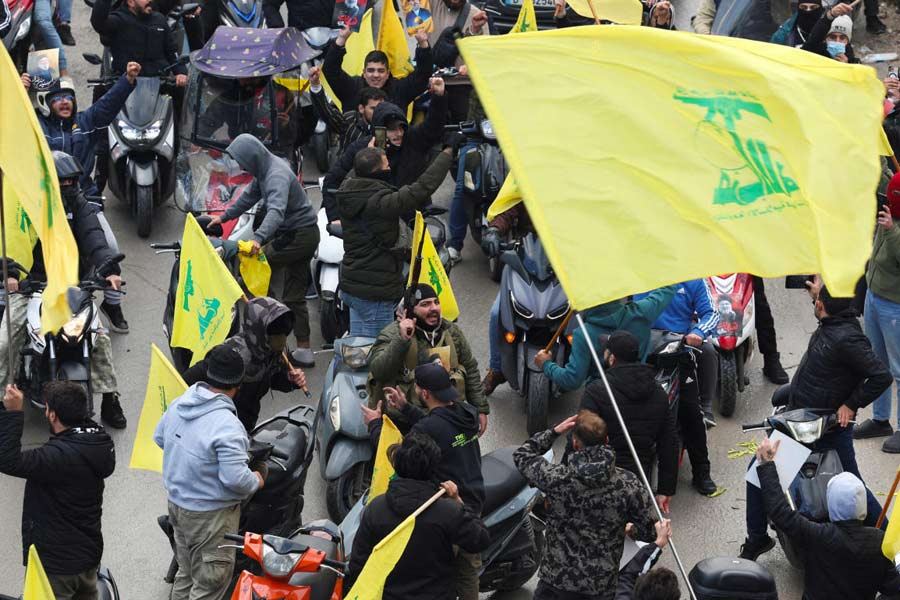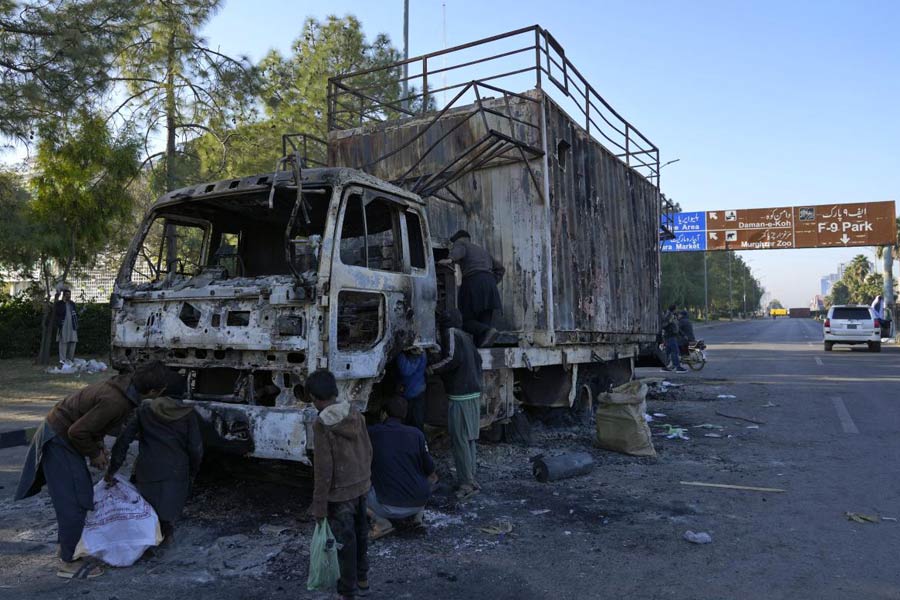Darjeeling is time travelling into history.
An exhibition that documents — with the help of maps —famous Hungarian philologist and orientalist Alexander Csoma de Koros’s entire journey to India from his home country in the 1800s started here on Wednesday.
The exhibition titled “Time Travel by Maps with Sandor Csoma Korosi” is being held at the Himalayan Tibet Museum at the Manjushree Centre in town.
Sandor Csomo Korosi in the English language is known as Alexander Csoma de Koros, who died in Darjeeling in 1842 while on his way to Lhasa, Tibet.
The Hungarian Cultural Centre of the Embassy of Hungary in Delhi put up the exhibition that would, after a three-week period, travel to Calcutta and then to Delhi.
The exhibition has been curated by the cartographic section of the Hungarian Geographical Society and supported by the Institute of Cartography and Geoinformatics, Eotvos Lorand University in Budapest, Hungary.
“The exhibition was conceptualised by Dr Zsolt Gyozo Torok, an associate professor (at the Budapest varsity), and I got in touch with him. He was looking at ways to organise the exhibition in India,” said Mariann Erdo, the director of the cultural counsellor of the Hungarian Cultural Centre.
A 1905 map of Darjeeling has been showcased at the exhibition, drawing curious minds to the Himalayan Tibet Museum.
Alexander had set out for the East in search of the origin of Hungarian people and arrived in Ladakh in 1820. While in Ladakh, he mastered the Tibetan language, studying two great encyclopedias on Buddhist literature, the Kahgyur (100 volumes) and the Bstangyur (225 volumes). The encyclopedias contain translations of Buddhist books that were taken to Tibet from India.
The Hungarian is considered the first person to compile the English-Tibetan dictionary which was published in 1824. The scholar shifted to Calcutta in 1831 and wrote a book on Tibetan grammar and compiled a dictionary in the language. “He knew 17 languages,” said Erdo.
The scholar also catalogued Tibetan works in the library of the Royal Asiatic Society of Bengal in Calcutta.
On Wednesday morning, Erdo and members of the Rotary Club of Darjeeling paid a visit to a totem pole erected by the Hungarian National Assembly in Darjeeling. The pole, which was recently renovated by the Rotary Club, is aimed at strengthening the links between the places of Alexander’s birth anddeath.
The mayor of Kovaszna, the scholar’s birthplace, had donated the pole to the Hungarian government and was inaugurated in Darjeeling by Laszlo Kover, Speaker of the Hungarian National Assembly, along with Janos Terenyi, Hungarian ambassador to India, on November 25,2012.
Apart from the six-foot wooden kopjafa or a totem pole on Darjeeling’s famous Mall Road, Alexander’s tomb is also situated on 18 Lebong Cart Road here. The tomb was declared “a monument of national importance” by the Archeological Survey of India.
Alexander who was born in 1784 in Koros, a small village in the Transylvanian part of Hungary, died in Darjeeling in 1842.










